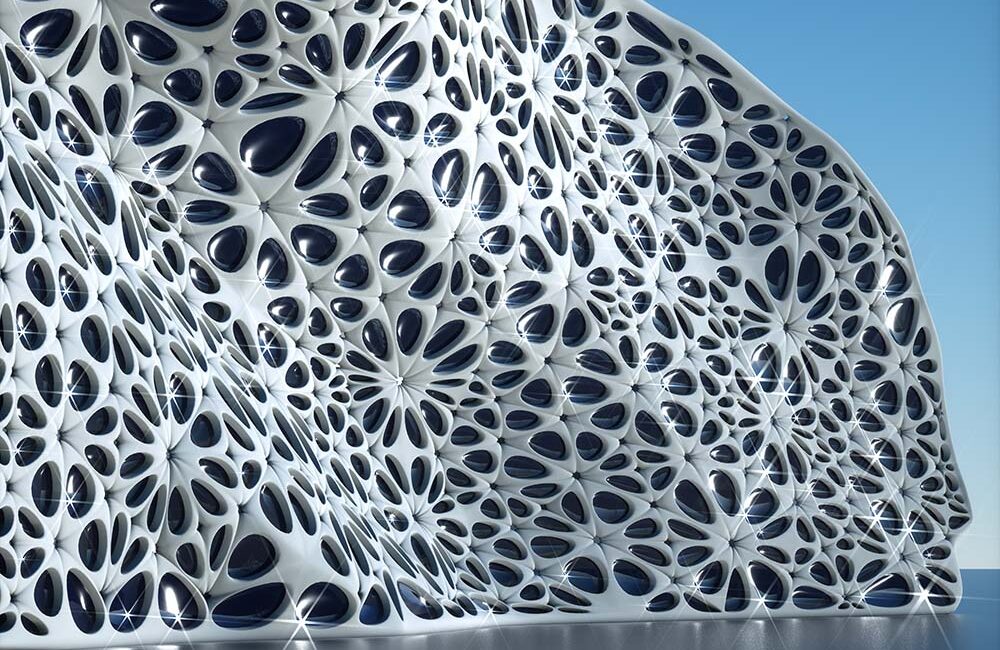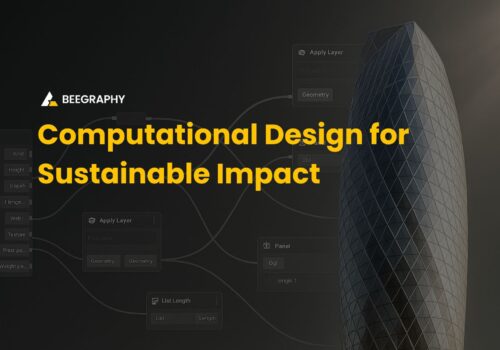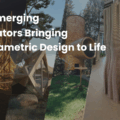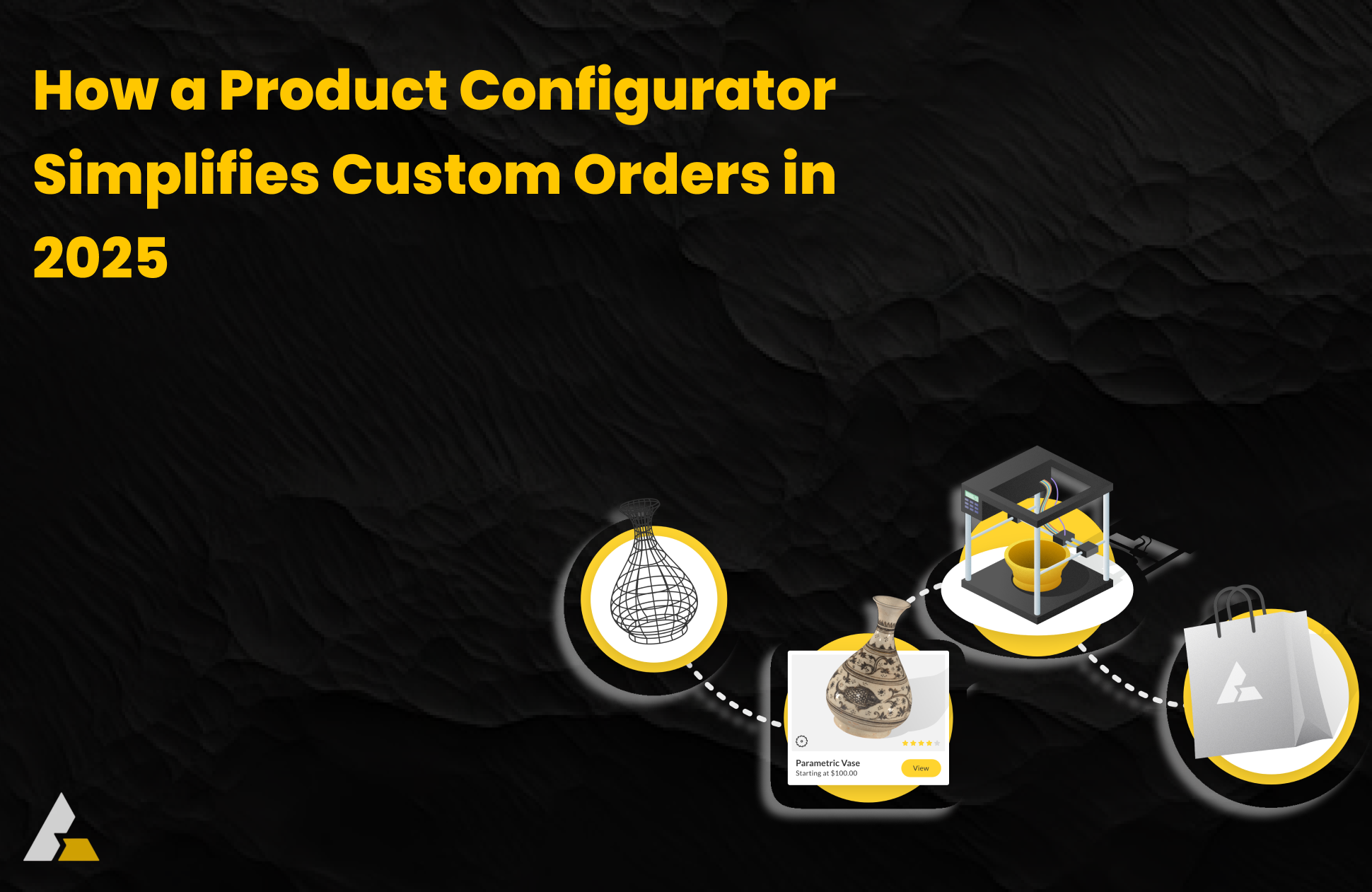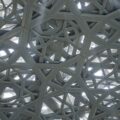Table of Contents
Parametric modeling is a powerful tool used in design and engineering that enables the creation of complex designs with precision and accuracy. It is a process that uses mathematical equations to generate three-dimensional models that can be modified and adjusted in real-time. Parametric modeling has revolutionized the design and engineering fields, and its advantages are numerous.
The origins of parametric modeling can be traced back to the 1960s, where it was first used in the field of architecture. The technique was initially used to describe the relationships between various components of a building and to automate the creation of construction documents.
Over time, parametric modeling began to be used in other fields such as engineering, product design, and manufacturing, where it has proven to be a powerful tool for creating complex designs and optimizing the design process. Today, parametric modeling has become an essential part of many industries, enabling designers to create highly detailed and customizable models that can be easily modified and updated at any stage of the design process.
In this article, we will explore the advantages of parametric modeling and its applications in different industries.
Growth of the parametric modeling industry
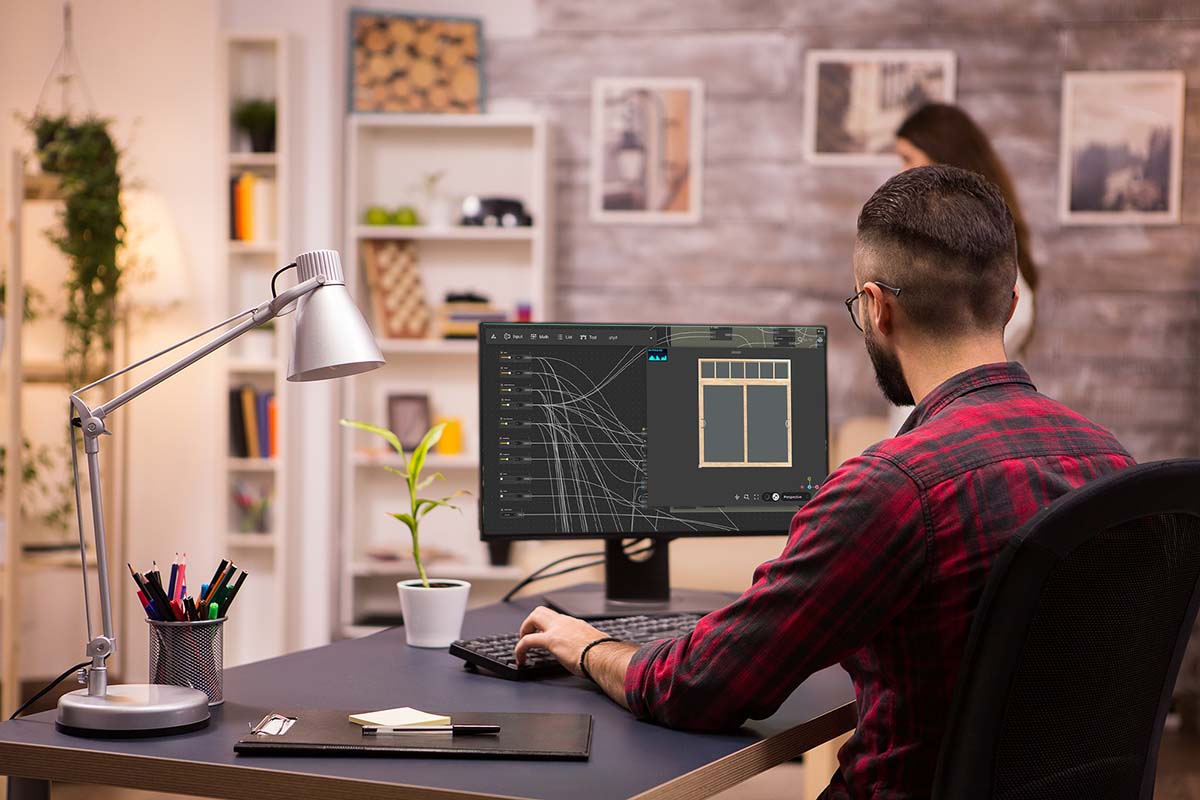
Parametric modeling is the process of creating 3D models using mathematical equations that can be modified and adjusted in real-time. It is widely used in various industries, including architecture, product design, and manufacturing. The flexibility and efficiency of parametric modeling have made it an indispensable tool for designers and engineers.
The utilization of algorithmic design techniques continues to gain momentum, unlocking new possibilities for various industries. Computational creativity software is playing a crucial role in propelling the growth of the digital creativity market, spanning fields such as art, manufacturing, and engineering.
According to a report by Market Research Future (MRFR), the adoption of computer-based creativity solutions is on the rise, and the Computational Creativity Market is projected to surpass $1 billion by 2027, exhibiting a compound annual growth rate of 25.42% by 2026.
This growth can be attributed to the increasing prevalence of deep learning and machine learning algorithms, as well as advancements in the creative sectors, task automation, and the integration of automation in enhancing the design process.
Advantages of Parametric Modeling
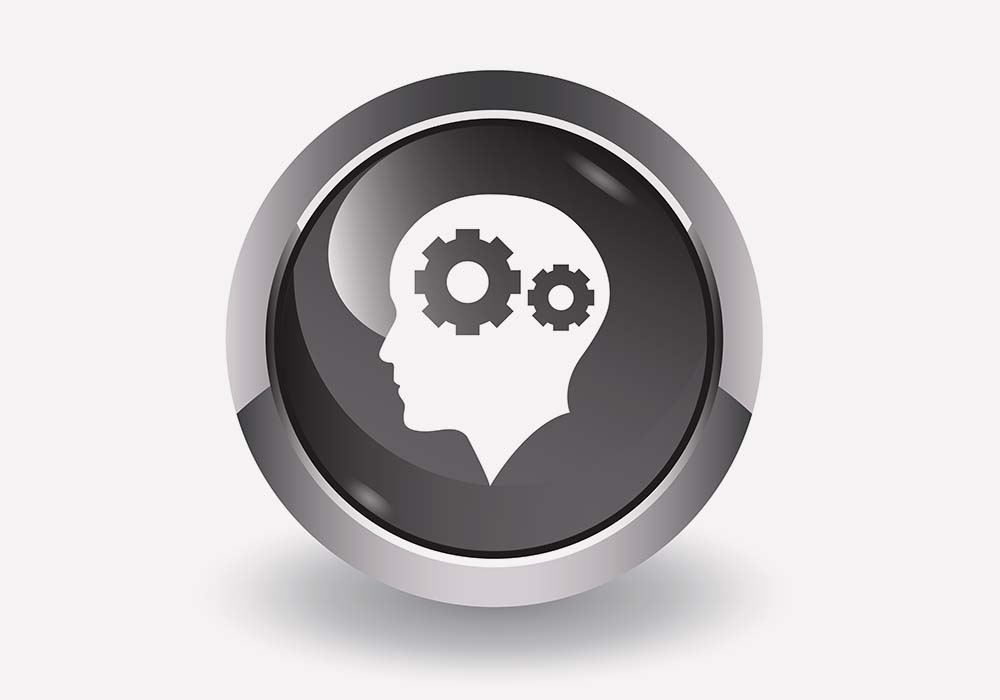
Flexibility in Design
One of the significant advantages of parametric modeling is its flexibility in design. Designers can easily modify designs, and any changes made can be updated throughout the entire model. With parametric modeling, changes can be made at any stage of the design process without the need to start from scratch. This makes it easier for designers to make quick changes and adapt to new design requirements.
Speed and Efficiency
Parametric modeling provides a significant increase in speed and efficiency when compared to traditional design methods. Design changes can be made automatically, and new iterations can be generated quickly. This speed and efficiency lead to faster prototyping, reducing the time required to bring a product to market.
Cost Reduction
Parametric modeling can also lead to cost reduction in the design and engineering process. The ability to make quick changes in the design helps reduce material waste and eliminates the need for rework. This leads to a reduction in material and labor costs, making it an economical option for companies.
Applications of Parametric Modeling

Architecture and Construction
In the field of architecture, parametric modeling has enabled architects to create complex designs with greater ease and precision. The ability to make changes at any stage of the design process allows architects to experiment with different design iterations and visualize the final product before construction begins.
Product Design and Manufacturing
In product design and manufacturing, parametric modeling has allowed designers to create complex geometries and shapes that were previously impossible to achieve. The ability to modify designs easily and generate new iterations quickly has led to faster prototyping and reduced development time.
Aerospace and Automotive Industries
The aerospace and automotive industries have also benefited significantly from parametric modeling. The ability to create complex designs has enabled engineers to develop more efficient and lightweight components, leading to better performance and fuel efficiency.
3D printing
Parametric modeling has revolutionized the field of 3D printing by enabling designers to create complex and customizable designs that were previously impossible to achieve. With parametric modeling, designers can create models with variable dimensions, allowing for customization and optimization of the design to suit specific requirements.
This has led to a reduction in material waste, as well as a decrease in production time and costs. Furthermore, parametric modeling software offers users the ability to modify designs easily, even after the production process has begun. With these benefits, parametric modeling has become an essential tool for 3D printing, enabling designers to create intricate and innovative designs that were once thought to be impossible.
Start creating parametric models online
BeeGraphy Editor is an online computational design software that enables designers and engineers to collaborate in real-time and create parametric models for production, 3D printing, AR & VR, Gaming, and more.
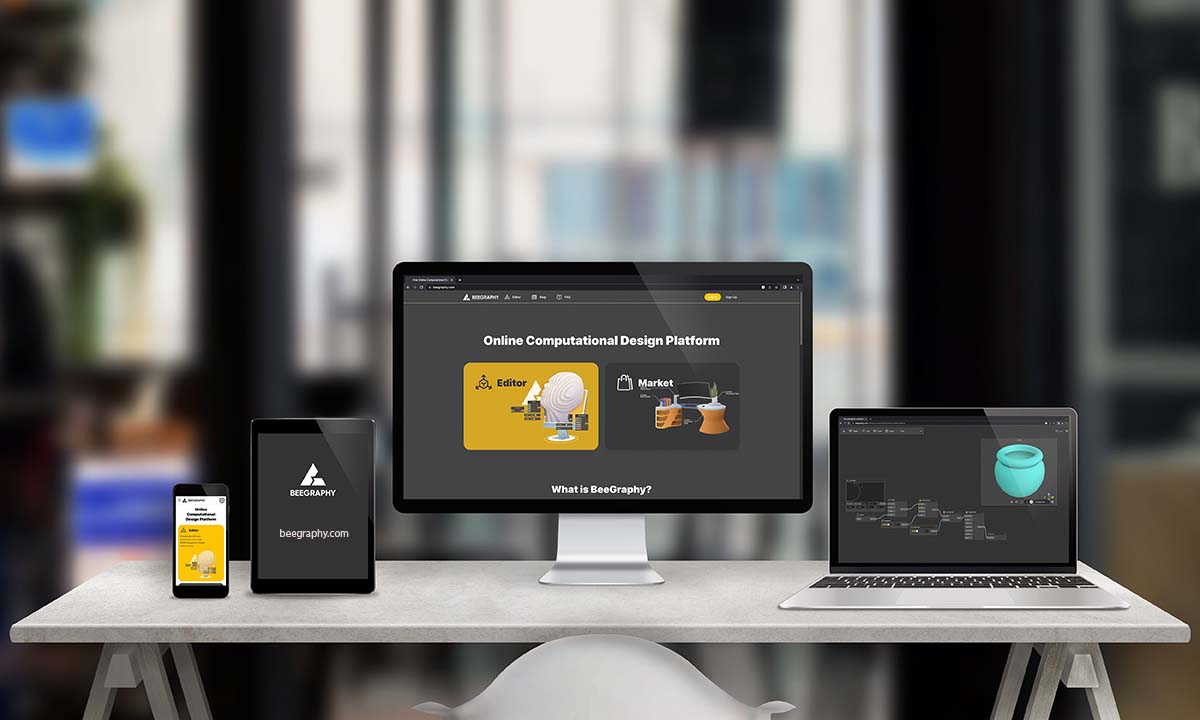
BeeGraphy Platform for computational design and parametric modeling
BeeGraphy offers a user-friendly interface that makes it easy for users to create and modify designs. The software’s powerful computational engine enables real-time updates to the model, making it easy for teams to collaborate and make design changes quickly.
BeeGraphy’s real-time collaboration features allow teams to work together on a project from different locations, making it easy for remote teams to collaborate and share ideas. The software also has a comprehensive library of pre-built templates and components, making it easy for users to get started on a project.
In BeeGraphy Editor, designers have the ability to create parametric models that can be utilized for a range of applications, including 3D printing, subtractive manufacturing, games, and augmented and virtual reality. BeeGraphy’s powerful computational engine allows for real-time updates to the model, making it easy for designers to experiment with different design iterations and modifications. This flexibility and versatility of parametric modeling in BeeGraphy make it a valuable tool for a wide range of industries and applications.
Join BeeGraphy now and create parametric models using online computational design software for free.
Conclusion
Parametric modeling has revolutionized the design and engineering fields, providing greater flexibility, speed, and efficiency in the design process. Its applications are widespread, and it has benefited various industries, including architecture, product design, and manufacturing. The advantages of parametric modeling outweigh the drawbacks, making it a valuable tool for designers and engineers.

